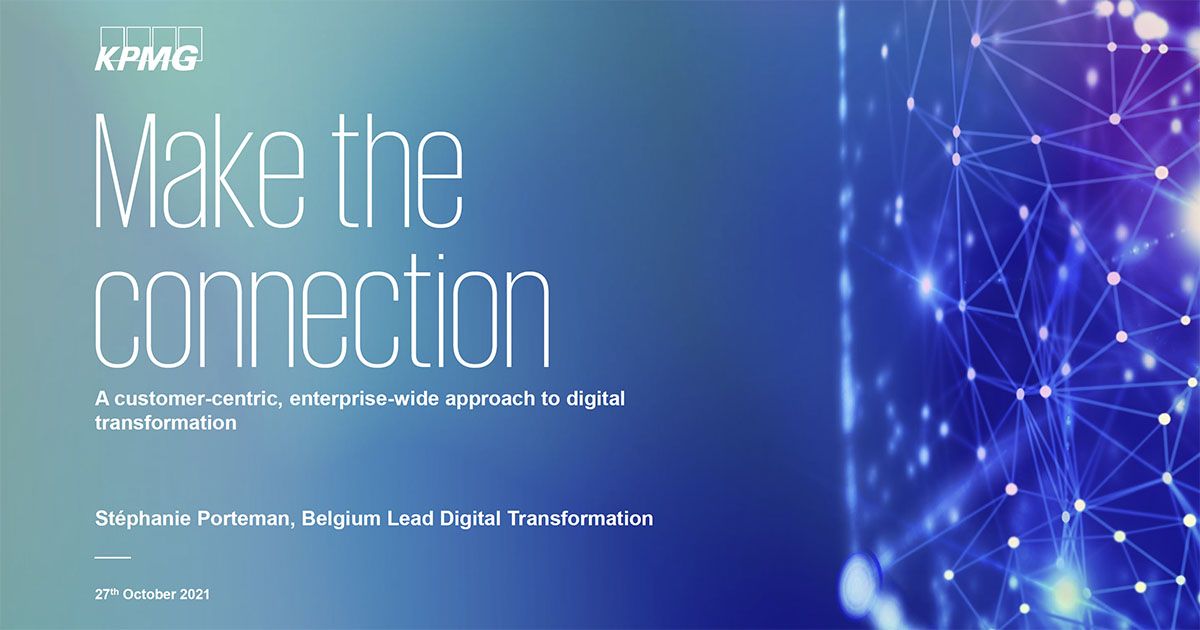Companies that want to remain relevant and maintain a competitive edge in today’s ever changing business landscape must embrace digital transformation. And in doing so, companies must not lose sight of what their customer needs – ultimately, a seamless, positive and consistent experience as they interact with their brand. And while technology plays a key role in a company’s digital transformation, it’s the people aspect that should be the main focus, from the front to the back office.
Becoming a Connected Enterprise allows companies to focus every strategic process, function and relationship on creating business value and driving sustainable growth, all while keeping the customer at the center. And with a Connected leader at the helm to steer the organization along the right path, synergies are formed with internal stakeholders such as employees and departments, and external stakeholders such as suppliers, partners, customers and society at large.
Keep reading for the latest news or navigate directly to your desired topic:
Keynote & Insights
In her keynote, our digital transformation expert Stéphanie Porteman explains how you can take the next steps on your business' transformation journey. Get ready to explore why customer-centric digital transformation has never been more important, how to become connected and drive enterprise-wide transformation, and how your business can thrive in this digital reality.
What does it mean to become and be a Connected Enterprise? Let our insights enlighten you on KPMG's customer-centric approach to digital transformation:
Connected client success stories
Connected sectors
Read more
Explore
Connect with us
- Find office locations kpmg.findOfficeLocations
- kpmg.emailUs
- Social media @ KPMG kpmg.socialMedia








